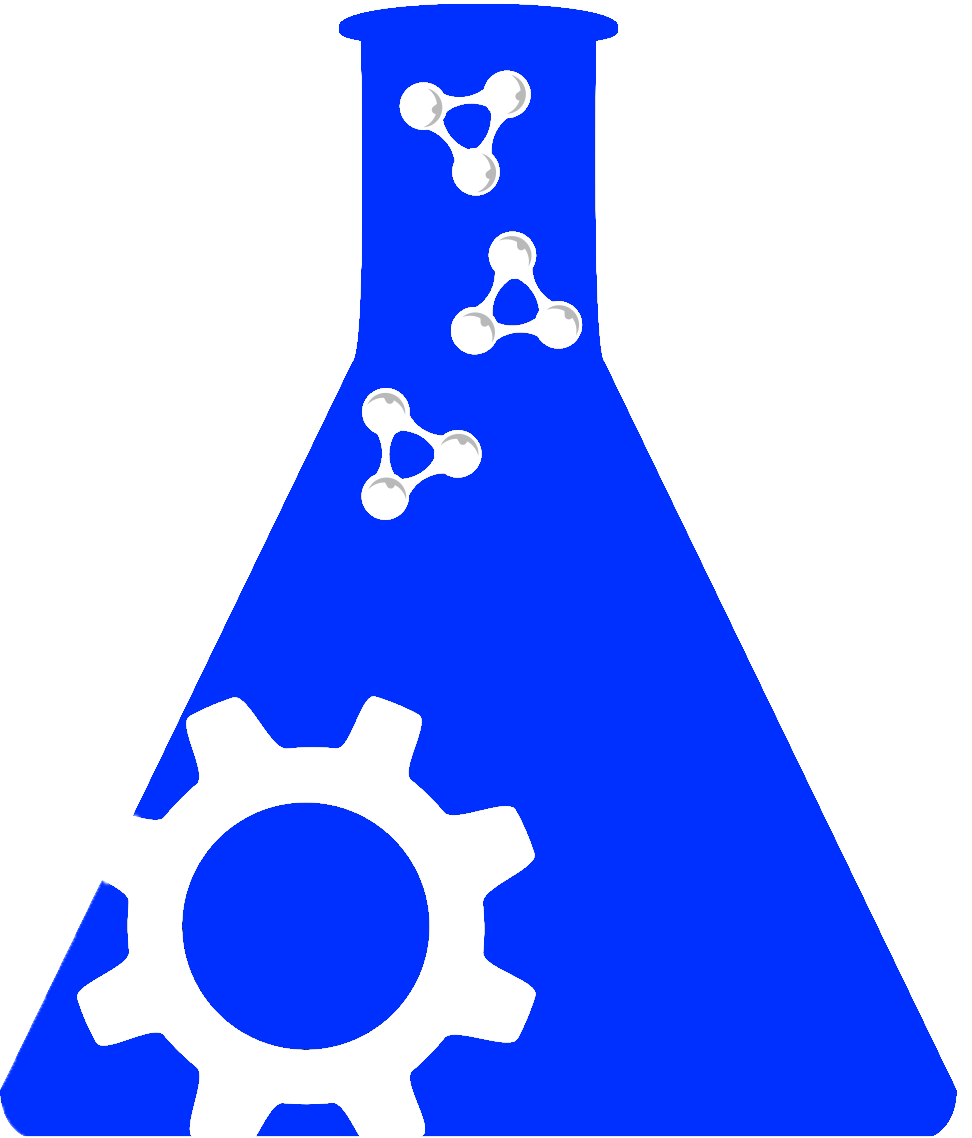Full Data Package |
Data Dictionary |
Methodology |
||||
|---|---|---|---|---|---|---|
Create new odc-sci Account and/or log in to download the file. |
||||||
Effects of IB4+ nociceptor ablation on motor and pain-like behaviors in a female Sprague Dawley rat model with a unilateral C5 contusion injuryDOI:10.34945/F5M599DATASET CITATIONWalker J. R., Espana R. A., Detloff M. Ryan. (2024) Effects of IB4+ nociceptor ablation on motor and pain-like behaviors in a female Sprague Dawley rat model with a unilateral C5 contusion injury. Open Data Commons for Spinal Cord Injury. ODC-SCI:786 http://doi.org/10.34945/F5M599ABSTRACTSTUDY PURPOSE: The primary nociceptive C-fibers become hyperexcitable and sprout into the dorsal horn after cervical spinal cord injury. This study investigated whether this maladaptive nociceptor plasticity is causal to the stereotypical motor deficits seen in reaching and grasping.DATA COLLECTED: An adult (~10weeks at start of experiment) female Sprague-Dawley rat (starting weight ~225g) unilateral C5 contusion model was used with unilateral C5 laminectomy controls. C7-8 DRGs received a single microinjection per DRG (2000nl/DRG at a rate of 200nl/min) of IB4 conjugated Saporin (1.2mg/ml) to ablate the IB4+ nociceptors or control, unconjugated saporin at the time of SCI. Rats were behaviorally tested for motor and pain like behaviors before and at 4 weeks post injury. Motor tests included the Vulintus Isometric Pull Task, Single Pellet Retrieval, Montoya Staircase, IBB Cereal Manipulation, and Cylinder test of Paw Preference. Pain-like behavior included Automated von Frey test for mechanical allodynia and Hargreaves' Test for thermal hyperalgesia. 10 sets of 25-micron sections of C7-8 cord and 10 sets of 20-micron sections of C7 and C8 DRGs underwent primary antibody and lectin stains nociceptor terminal arbors in the C7 and C8 dorsal horn and cell bodies in the dorsal root ganglia were identified via anti-CGRP and streptavidin conjugated-IB4 to quantify changes in sprouting and confirm cell ablation. Sprouting was quantified using ImageJ to determine the proportional area of immunofluorescent fibers. Cell ablation was confirmed by counting the number of IB4+ cells in the DRGs.CONCLUSIONS: Ablation of IB4+ nociceptors at the time of spinal cord injury significantly improved the number of rats who were able to grasp a chocolate flavored food pellet compared to controls. Ablation did not yield significant improvements in other motor tests indicating a task specific mechanism of nociceptor involvement in forelimb motor control after SCI. Ablation of nociceptors in laminectomy controls did not have any adverse effects on motor control.KEYWORDSSpinal Cord Injury; nociceptor; Plasticity; Contusion; sensorimotor; dorsal root gangliaPROVENANCE / ORIGINATING PUBLICATIONSRELEVANT LINKSNOTES |
DATASET INFOContact: Detloff Megan (mrd64@drexel.edu)Lab: Detloff Lab-Drexel University College of Medicine
|
|





